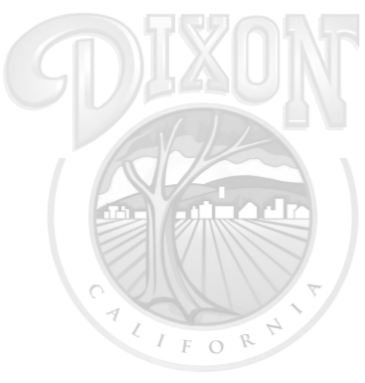University of California Considers Dixon
At the turn of the century, the California University system - the finest educational institute in the world - was looking for a farm to acquire for research related to the state's booming agriculture industry. They were to establish a university farm as part of the College of Agriculture. The Dudley tract, 960 acres, was seriously considered. In the end, Dixon was not selected, but an equally small community just a few miles east was chosen in Davisville. Davisville is now known worldwide, not just for its research and agriculture, but also for achievements in medicine, law, and environmental sciences.
Small Farm Town
Dixon was also known in the early 1900s as "The Dairy City" after hydraulic pumps became available to farmers. During this period, farming emphasized growing alfalfa for cows and milk because prime essentials to successful dairying were good feed, pure water, temperate climate, and clean surroundings.
The dairy that also put Dixon on the map was the Timm Certified Dairy – originally known as the "World's Largest Certified Dairy," operating with over 300 cows. Milk was provided to San Francisco, Oakland, Bay Area cities, Sacramento, and also to the Southern Pacific diners. By 1920, Dixon had some 30 dairy farmers who included the families of:
- Azevedo
- Bello
- Brazil
- Bulkley
- Dutra
- George
- Gill
- Nunes
- Perreira
- Rowe
- Timm
Milk Farm
Karl A. Hess originated the Dixon “Milk Farm” in 1919, by relocating his ranch and cabin rentals for travelers near Currey Road to its current location in 1939. During the depression Karl offered pony rides, “all-you-can-drink” milk for 10 cents, and inexpensive chicken dinners. In 1940, Milk Farm was featured in the Saturday Evening Post – when the name officially stuck.
In its heyday, the Milk Farm would have many travelers stopping at the restaurant and service station. It was also a popular place for local teenagers to go. An ongoing contest was to keep score of who could drink the most milk. People from all around would make themselves sick trying to break the record and get their names on the board. Established at the Milk Farm was the Gill Dairy with 500 cows, but it eventually ceased the dairy operation after World War II.

